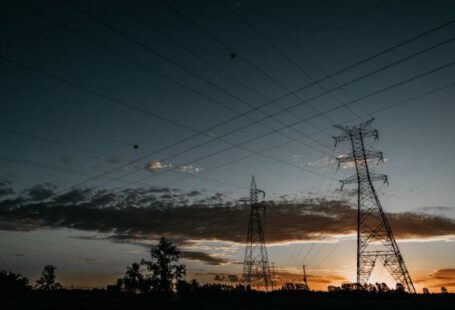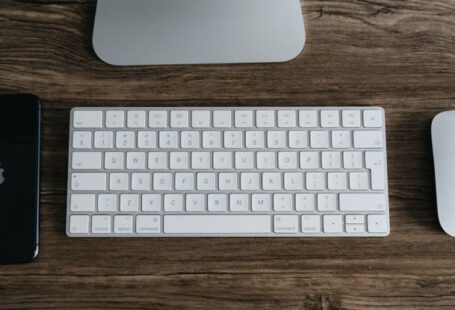In today’s fast-paced digital world, having a slow computer can be a major frustration. Whether you use your computer for work, gaming, or simply browsing the web, a sluggish PC can hinder productivity and lead to a less enjoyable user experience. One common solution to this problem is to disable animations on your computer. But why does disabling animations help speed up your PC? Let’s delve into the reasons behind this simple yet effective trick.
**Animations: The Culprits of Slow Performance**
Animations may seem like a fun and visually appealing feature on your computer, but they can actually be one of the main culprits behind slow performance. When you open a window, minimize a program, or navigate through menus, various animations are triggered to provide visual feedback. While these animations may look nice, they require additional processing power and resources from your computer.
**Resource Consumption**
Every animation that plays on your computer requires CPU and GPU resources to render smoothly. This means that even simple animations, such as window transitions or cursor effects, can put a strain on your system’s hardware. If your computer is already struggling to keep up with everyday tasks, these additional demands from animations can further slow down its performance.
**Impact on System Responsiveness**
Animations not only consume resources but can also impact the overall responsiveness of your system. When you click on a button or open a program, the corresponding animation may introduce a delay before the action is completed. This delay, known as latency, can make your computer feel less snappy and responsive, especially when performing multiple tasks simultaneously.
**Reduced Visual Distractions**
Disabling animations can also help reduce visual distractions and improve focus while using your computer. By eliminating unnecessary motion effects, your screen becomes cleaner and less cluttered, allowing you to concentrate on the task at hand without being distracted by unnecessary eye candy.
**Improved Accessibility**
For individuals with visual impairments or sensitivity to motion, disabling animations can make using a computer more accessible and comfortable. By removing potentially disorienting visual effects, such as screen transitions or animated elements, users with specific needs can navigate their computer more easily and with less strain.
**Potential Battery Savings**
If you are using a laptop or a portable device, disabling animations can also lead to potential battery savings. Since animations require additional processing power, turning them off can help extend your device’s battery life by reducing the overall workload on the CPU and GPU. This can be particularly beneficial when you are on the go and need to conserve power.
**Conclusion: Boosting Performance with a Simple Adjustment**
In conclusion, disabling animations on your computer can significantly improve its speed and responsiveness. By reducing the strain on your system’s resources, eliminating visual distractions, and enhancing accessibility, this simple adjustment can make a noticeable difference in your computing experience. Whether you are looking to boost productivity, enhance gaming performance, or simply enjoy a smoother user experience, turning off animations is a quick and effective way to speed up your PC.





